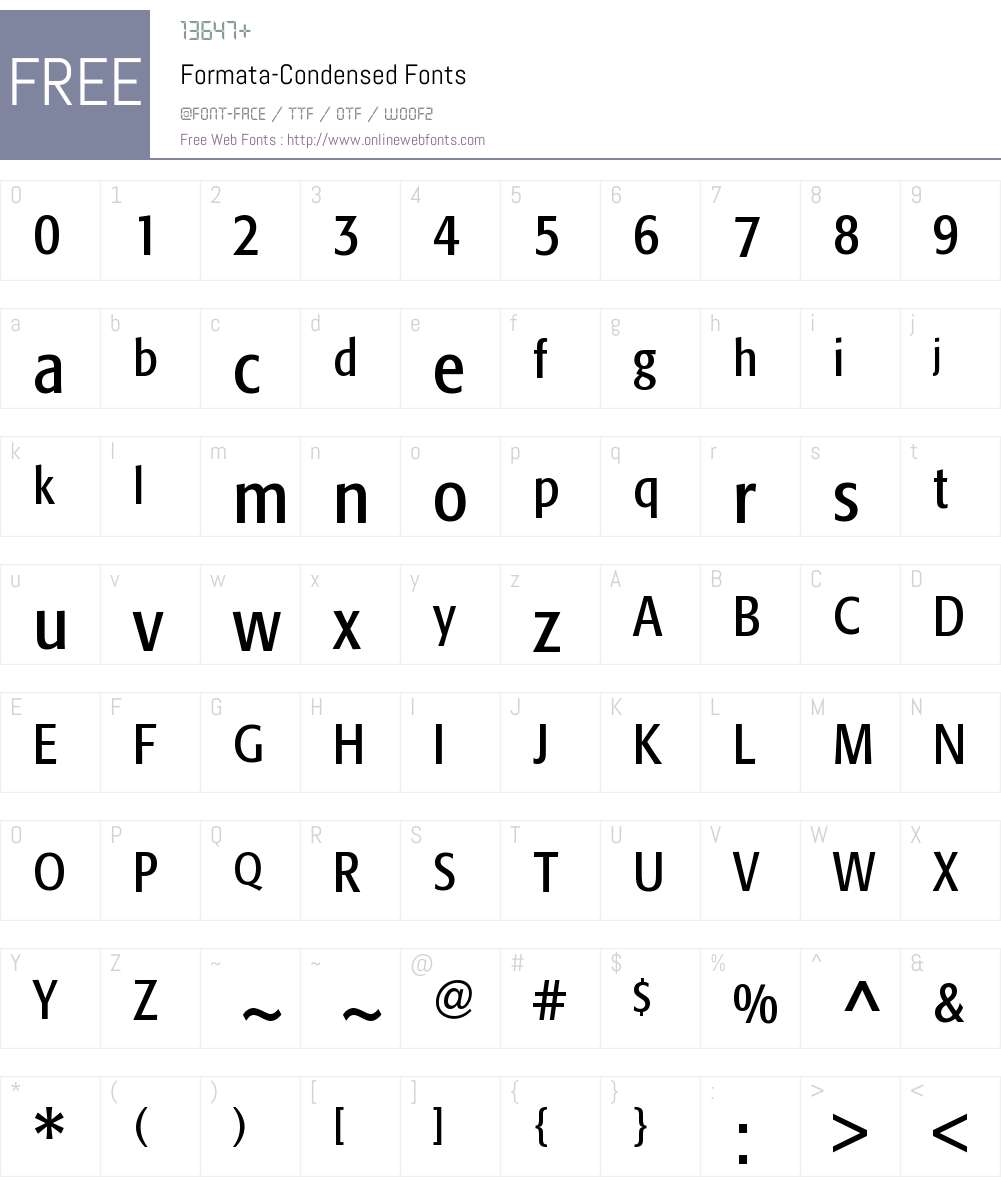
When we work in front of a computer, we often move our hands away from the keyboard to grab the mouse in order to do something that also requires us to move our eyes and focus on the options that we are choosing on the screen. Ideally, touch typists do not look at the keyboard, and they move their hands away from the keyboard only when necessary, for example, to turn to the next page that they are copying. Touch typing, which was developed in the typewriter era, is based on the same idea. Users who copy text from printed or hand-written pages often quickly realize that their speed will be decreased by anything that causes them to move their eyes away from the text that they are transcribing. Also, if you only want to change the font size you can press Ctrl+] to increase the font size by 1 point (pt) or Ctrl+[ to decrease the font size by 1 pt without opening any dialog box or clicking anything. 5 to any font size, and you can type any font size up to 1638. If you want to change the font size note that the drop-down list of font sizes contains only whole numbers up to 72. If you know the keyboard shortcut or shortcuts (see the table below) for the font formatting that you want to apply, you can press the applicable key or keys to apply the settings to the text that you are about to type or to the text that you have selected. For example, a simple way to apply specific font formatting to existing text is to select the text, pressĬtrl+D to open the Font dialog box, select the font formatting options that you want to apply to the text, and click OK. When you select text before changing the font formatting options, the new settings will be applied only to the selected text. When you change font formatting options without selecting any text, the new settings will be applied to the text that you type after you make the changes. Change the position of your text and create lowered characters.Change the position of your text and create raised characters.Increase the spacing between characters or decrease it so that characters can even overlap.Change the width of characters relative to their height and thereby stretch or contract your text.These formatting settings can be used to do the following. Small caps (changes only lowercase letters) ( )Īdditional font formatting options, which mainly influence spatial layout of the characters in your text, can be configured on the Character Spacing tab in the Font dialog box.Subscript (The chemical formula H 20 contains a subscripted 2.).



You can also open the Font dialog box without reaching for your mouse by pressing Ctrl+D. Additional options are available in the Font dialog box, which you can open by clicking the Font dialog box launcher ( ) in the lower right-hand corner of the Font group on the Home tab. Many of these options are displayed directly in the Font group on the Home tab of the Ribbon and on the contextual toolbar that appears when you right-click within text. The graphical user interface (GUI) provides ways to apply the various font formatting options (or character formatting options) to your text.

Formata font for microsoft how to#
Although most users are probably familiar with some different font families and sizes and with the italic and bold typefaces, many users do not know how to determine and apply the settings that are needed to add a colored background to their text or to type the name of the programming language C #, the formula for the area of a circle A = π r 2, or the chemical formula for water H 20. Sometimes users want to specify or change the appearance of a group of words or characters, or even of a single word or character, and they are not familiar enough with all of Word's font formatting options to know how to achieve the effect that they are seeking.


 0 kommentar(er)
0 kommentar(er)
